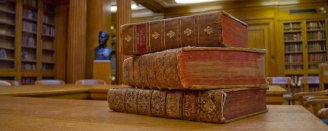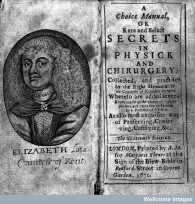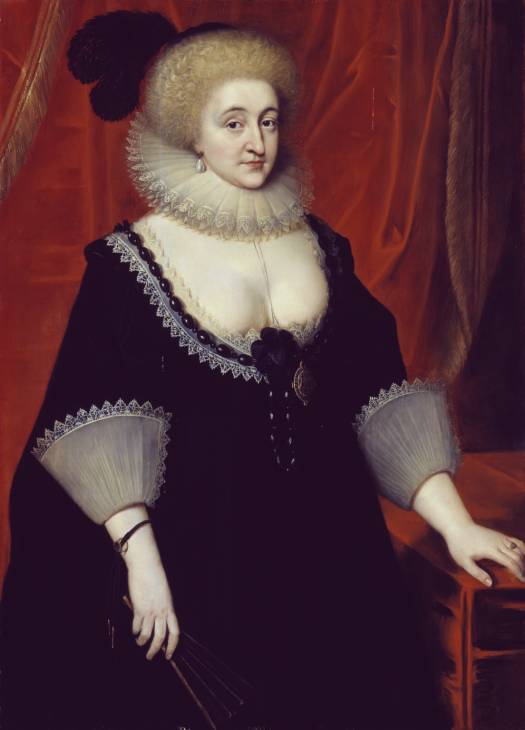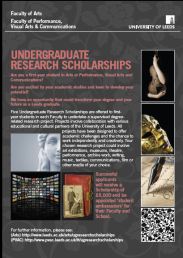 Borage is an herb which grows to 60-100cm, is hairy on the stems and leaves, and has five (usually blue) petals.
Borage is an herb which grows to 60-100cm, is hairy on the stems and leaves, and has five (usually blue) petals.
Herbs were much more important to people in the seventeenth-century than they are to the majority of us today. In the early modern period herbs were used for their medicinal qualities, any seasoning they gave to food was an added bonus. They provided a form of medicine which could be grown, gathered and prepared at home, without the expense of calling a physician. As a result many books were published on the qualities of different herbs, what they looked like, where to find them etc.
Nicholas Culpeper (1616-1654) was an herbalist who believed in widening the knowledge of herbs’ uses. He wrote The English Physician in 1652 which contains 396 medicines made from English herbs. Edmund Gayton (1608-1666) who studied medicine at Oxford published The Art of Longevity in 1659. His book informs the reader about the humoral qualities of foods and herbs; it is written in heroic couplets as Gayton was also a poetry fan. Burton also recommended the use of herbs in The Anatomy of Melancholy.
All of these writers particularly recommended Borage. Burton argued that Borage was the best cure for melancholy ‘whether in substance, juice, roots, seeds, flowers, leaves, decoctions, distilled waters, extracts, oyles &c.’ It could be used ‘in Broth, in Wine, in Conserves, Syrops, &c.’ Burton also tells us that Borage was ‘against this malady (melancholy) most frequently prescribed’. Culpeper wrote that ‘the leaves are good to expel pensiveness and melancholy.’ and Gayton wrote:
‘Have you no courage?
At any time revive your soul with Borage…
Sirrup of Borage will make sad men glad
And the same sirrup doth restore the mad.’
It seems that the physicians’ advice was put into practice as Borage appears as an ingredient in many of the recipes against melancholy of the time including this one from Lady Elizabeth Grey’s A Choice Manual in Physick and Chyrurgery
An excellent syrup against Melancholy.
Take four quarts of the juice of Pearmains, and twice as much of the juice of Bugloss and Borage, if they be gotten, a drachm (one eighths of an ounce) of the best English Saffron, bruise it, and put it into the juice, then take two drachms of Kermes (a red dye) small beaten to powder, mix it also with the juice; so being mixt, put them into an earthen vessel, covered or stopt forty eight hours, then strain it and allow a pound of sugar to every quart of juice, and so boil it to the ordinary eight of a syrrup, after it is boiled, take one drachm of the spices of Dramber, and two dracms of the spices of Diamargariton frigidum (powder of pearl), and so sew the same slenderly in a linnen bag, that you may put the same easily into the bottle of syrrup, and so let it hang with a thred out at the mouth of the bottle, the spices must be put into the surrup in the bag: so soon as the syrrup is off the fire, whilst it is hot, then afterwards put it into the bottle, and there let it hang: put but a spoonful or two of Honey amongst it, whilst it is boiling, and it will make the scum rise, and the syrrup very clear. You must add to it the quantity of a quarter of a pint of juice of Balm.
Interestingly Borage is still found on herbal sites today as a remedy against depression and PMS: http://www.herbal-supplement-resource.com/borage-herb.html

 As part of my scholarship I’ve written a profile for the University of Leeds’ website so if you want to know a bit more about the scheme as a whole, the process of research and *cough cough well… me, then feel free to check it out.
As part of my scholarship I’ve written a profile for the University of Leeds’ website so if you want to know a bit more about the scheme as a whole, the process of research and *cough cough well… me, then feel free to check it out.


 er in the form of tablets, teas and extracts. Its efficacy has caused much controversy: some studies arguing it is the same, if not better than prozac, others finding it does no more than a placebo. Either way, our use of it against depression is comparatively recent in the plant’s history.
er in the form of tablets, teas and extracts. Its efficacy has caused much controversy: some studies arguing it is the same, if not better than prozac, others finding it does no more than a placebo. Either way, our use of it against depression is comparatively recent in the plant’s history. Borage is an herb which grows to 60-100cm, is hairy on the stems and leaves, and has five (usually blue) petals.
Borage is an herb which grows to 60-100cm, is hairy on the stems and leaves, and has five (usually blue) petals.

